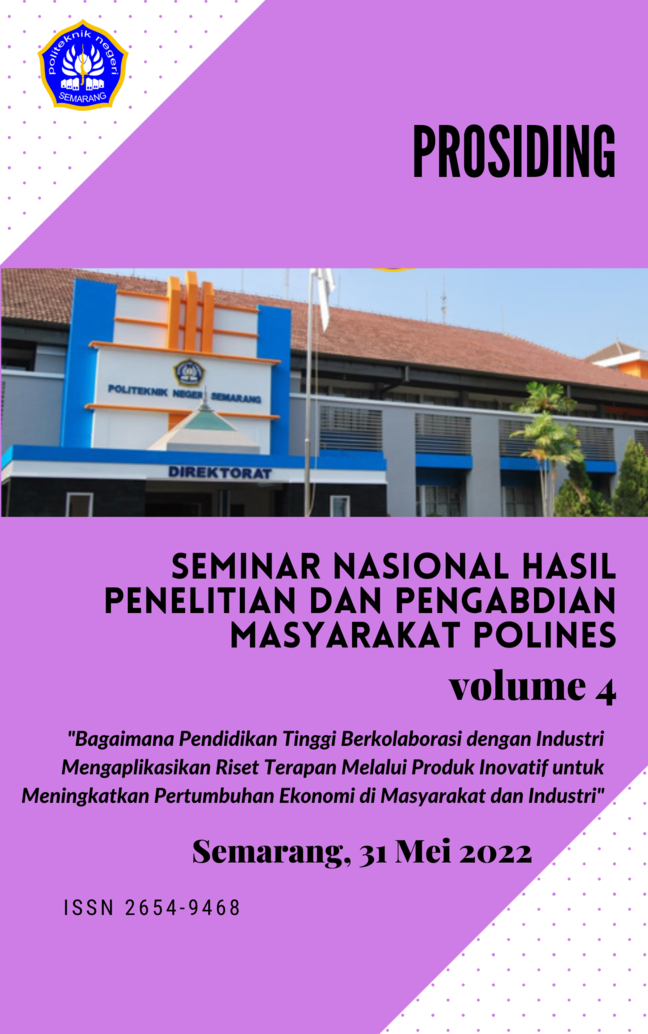ANALISA KAPASITAS DUKUNG TANAH DASAR LEMPUNG LUNAK TREATMENT DAN UNTREATMENT BERDASARKAN KORELASI NILAI MODULUS ELASTISITAS
Keywords:
Grouting, soil modulus elasticity, treatment, soft soil, bearing capacityAbstract
Soft soil or often referred to as soft soil is one of the types of soil that has a very small carrying capacity value. The value of soft soil support capacity only ranges from 7-29 kN / m2. Therefore, many building failures occur due to decreased bearing capacity values. As an example of frequent building failures is a ununiform settlement. The decrease in soft soil that occurs can reach 140 - 480 mm at some foundation points. Therefore, ground improvement are carried out to increase the bearing capacity of the foundation building. Ground treatment is done by injecting a mixture of water cement or more commonly called the grouting method. The purpose of this treatment is to increase the value of soil bearing capacity. The results of the calculation of soil bearing capacity before treatment is carried out at a depth of 10 meters, namely 12 kN / m2, 24.25 kN / m2, 202.07 kN / m2, 32.33 kN / m2. The increase in the bearing capacity of the soil is analyzed using a comparison of sondir values in the form (qc) before and after the treatment. The qc value is converted to the soil elasticity modulus value (E) and is used as a parameter in the calculation of soil bearing capacity on plaxis. The modulus elasticity will be analyzed using Bowles (1997) which is E = 8qc. Based on the results of the conversion of the soil modulus elasticity, then by using Finite Element Plaxis Software there is an increase in the soil baring capacity at the same point.
References
Bjerrum, L. (1972), Embankment on Soft Ground, Proc. Spec. Conf., Performance of Earth and earth Supported Structures, lafayette, Ind. pp.1-54.
Bowles, J.E. (1997), Foundation Analysis and Design, 5th Ed., McCraw-Hill, International Editions, Singapore.
Coduto,D.P., (1994), Foundation Design Principles and Practices, Prentice-Hall, New Jersey.
Das, B.M., (1985), Principles of Geotechnical Engineering, PWS Publisher, London.
Duncan, J.M. & Buchignani, A.L., (1976), An Engineering Manual for Settlement Studies, Geotechnical Engineering Report, University of California at Berceley.
Hardiyatmo, H.C., (1992), Mekanika Tanah 1, PT. Gramedia Pustaka Utama, Jakarta.
Hardiyatmo, H.C., (1994), Mekanika Tanah 2, PT. Gramedia Pustaka Utama, Jakarta.
Janbu, N., Bjerrum, L., Kjaernsli, B. (1956), Veiledning ved Losning av Fundamentering Soppgaver, Norwegian Geotechnical Institute, Oslo.
Osterberg, J.O., (1957), Influence Value for Vertical Stresses in Semi-infinite Mass Due to Embankment Loading, Proc.4th, Int. Conf. Soil Mech. and Found. Eng., Vol.1, 393 pp.
Terzaghi, K. and Peck, R.B., ( 1967), Soil Mechanics In Engineering Practice, 2nd Ed., John Wiley & Sons, New York.

